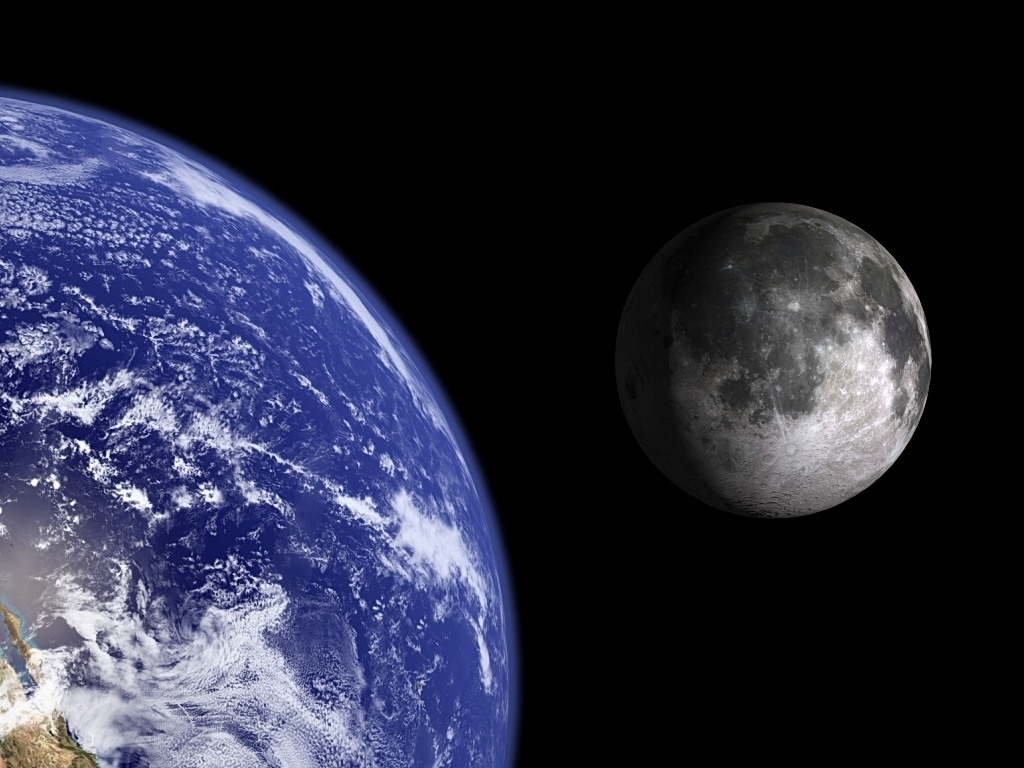The moon, earth’s only natural satellite has long since fascinated scientists and astronomers alike. It should interest you too, because as of 2009 it has been proven that there is water on the moon. New information about these water deposits is continually being collected by the Lunar Reconnaissance Orbiter and its finding are summarized in this video:

Video source: NASA Goddard on Youtube
Naturally as a result, the interest in future manned missions has grown. However, if scientists want to plan a manned mission to the moon, one of their biggest challenges is ensuring the survival of both the astronauts and all their machinery during the long, dark and cold lunar night.
Days and Nights on the Moon
In order to understand the difficulties posed by the lunar night, one needs to know a little bit about how the moon cycles through day and night. The rotation of the moon around its axis is approximately the same amount of time as it takes for the moon to complete its orbit around the earth. The moon completes its rotation in about a month, thus the moon has roughly fourteen days of light and fourteen days of darkness.
Moonlight and Earthlight
However you might be wondering about how dark it really is on the moon. On earth, nights can be relatively bright due to due moonlight. Is the reverse true? The answer is yes, partially, as the moon does get some earthlight (also called earthshine). However as mentioned above the rotational period and the orbit of the moon are almost the same. Thus the same side of the moon is always facing the earth. So when it is night on the side of the moon facing earth, it will recieve earthlight. Yet the other side of the moon it does not receive earthlight so it will be much darker during its night.
Darkness is not the only challenge; temperatures can drop as low as -150°C! Such an extreme temperature coupled with the dust and high levels of radiation can prevent much of the lunar equipment from working.
New Scientific Developments
In a recent study published this month, scientists analyzed methods to generate electricity and store heat. This heat could be used to keep lunar apparatus above their minimum temperature, of roughly -30°C. In their research they compared two different approaches to overcome the nocturnal difficulties. They concluded that a reflector and thermal mass (a device to store heat energy) connecting to an engine was the most effective method. During the day, the reflector directs the the energy from the sun’s rays to store it in the thermal mass and concurrently run the engine. At night the stored energy in the thermal mass is used as a power source for the engine.
By utilizing these new developments in technology, it could facilitate future long term lunar manned missions.
Julia Brown
References:
1. Climent, B.; Torroba, O.; Gonzales-Cinca, R.; Ramachandran, N.; Griffin, M. Heat storage and electricity generation in the moon during the lunar night. Acta Astronautica. 2014, 93, 352-358.
2. Encyclopedia Brittanica Earthshine. http://www.britannica.com/EBchecked/topic/176367/earthshine (Accessed Jan 20, 2013)
3. NASA Ice on the Moon: A Summary of Clementine and Lunar Prospector Results. http://nssdc.gsfc.nasa.gov/planetary/ice/ice_moon.html (Accessed Jan 17, 2014)
4. NASA Imagine the Universe. http://imagine.gsfc.nasa.gov/docs/ask_astro/answers/980302b.html (Accessed Jan 17, 2014)
5. NASA Imagine the Universe. http://imagine.gsfc.nasa.gov/docs/ask_astro/answers/980309b.html (Accessed Jan 17, 2014)
6. Nine Planets org The Moon. http://nineplanets.org/luna.html (Accessed Jan 17, 2014)
7. Science Daily Producing Electricity on the Moon at Night. http://www.sciencedaily.com/releases/2013/12/131220113401.htm (Accessed Jan 17, 2014)
8. Wikipedia Thermal Mass. http://en.wikipedia.org/wiki/Thermal_mass (Accessed Jan 18, 2014)


